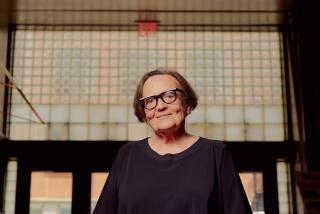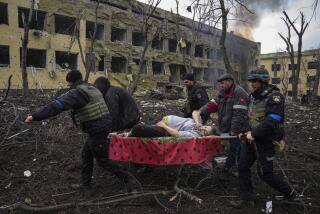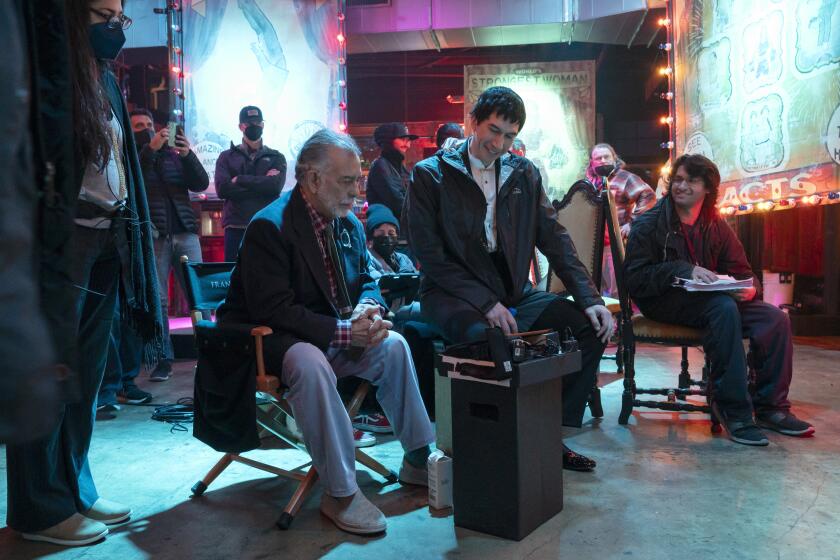Review: ‘Invisible Front’ reveals same fight for freedom 70 years ago
It’s impossible not to think of the current conflict in Ukraine watching “The Invisible Front,” an absorbing new documentary that delves into the Lithuanian resistance against Soviet aggression and occupation circa 1944.
The film’s name is drawn from Soviet intelligence files; it is how the guerrilla action, mostly undertaken by Lithuanian students, was characterized. Though the people of the country were caught up in the conflict, outside of Lithuanian borders few knew what was happening.
Directors Jonas Ohman and Vincas Sruoginis have put together an expansive collection of never-before-seen archival footage of the partisans, documents, diaries and interviews with survivors who lived to see the country’s independence finally realized in 1990.
Though the filmmakers’ allegiance is clear — Ohman is actively supporting the Ukrainian army — they’ve also intercut interviews with some who fought on the Soviet side, handling their memories in as measured a way as the partisans.
But every story like this needs a hero. Ohman and Sruoginis have an articulate and dashing one in Juozas Luksa. With his three brothers, Luksa joined the resistance in the ‘40s. The Nazi occupation derailed the Soviet hold for a while, but the fight picked up again after World War II, with Luksa quickly rising in the ranks.
Though there is no indication he intended it, Luksa soon became the voice of the revolution. The partisans dubbed themselves the Forest Brothers, and Luksa used the title for his memoir. The filmmakers draw liberally from its pages for the narration, using its eloquence to express passion and patriotism. Luksa’s “Partizanai,” more tactical than emotional in examining the conflict, provides many of the details of the fighting and the structure of the resistance.
With movie-star good looks and a daring escape in 1948 to get word of the country’s struggle past the Iron Curtain, Luksa is a romantic figure. The film follows his journey to Paris where he began working with Western intelligence agencies, writing his memoir and falling in love. Not long after marrying Nijole, he returned to his homeland to fight. Excerpts from their love letters and interviews with Nijole give a voice to Luksa the man. He was killed in 1951, betrayed by a former comrade.
Though Luksa’s story pulls us through the film, the directors never stray from the plight of the partisans themselves. Of the countless interviews they use, the most compelling are with those on the front lines with Luksa. The old women, just girls then, remember passing coded notes for their fathers, the old comrades in arms remember the fallen. Their stories sound both specific to the place and the time, and universal.
We look to documentaries like “The Invisible Front” — dense with detail, straightforward in laying out the issues — to put history in perspective. And in this case to illuminate a little-known page from it. Yet hearing one freedom fighter explain the high price of his family’s resistance to the Soviets sounds as if it might have been ripped from headlines today.
Twitter: @BetsySharkey
----------------------------------
‘The Invisible Front’
Not rated
Running time: 1 hour, 26 minutes, Lithuanian with English subtitles
Playing: Laemmle’s Music Hall, Beverly Hills
More to Read
Only good movies
Get the Indie Focus newsletter, Mark Olsen's weekly guide to the world of cinema.
You may occasionally receive promotional content from the Los Angeles Times.











